Nobody wants to waste time at a repair shop or a dealership, so you should make every effort to keep your car in top shape and in good condition. Taking care of such a significant and complex purchase may feel overwhelming if you are making your first car purchase. However, performing routine upkeep is easier than you may imagine.
Here are some suggestions for ensuring that your car lasts for many more kilometres.
Check your oil and oil filter regularly
There is a good reason why this one is number one. A well-maintained engine is the result of regular checks and, if necessary, oil changes. Inadequate maintenance is the shortest route to an inoperable automobile because of a ruined engine. You should regularly inspect the oil and filter.
How often depends on your car and how much you drive. To prevent dirt and sludge from accumulating in the engine, regular oil changes are a must.
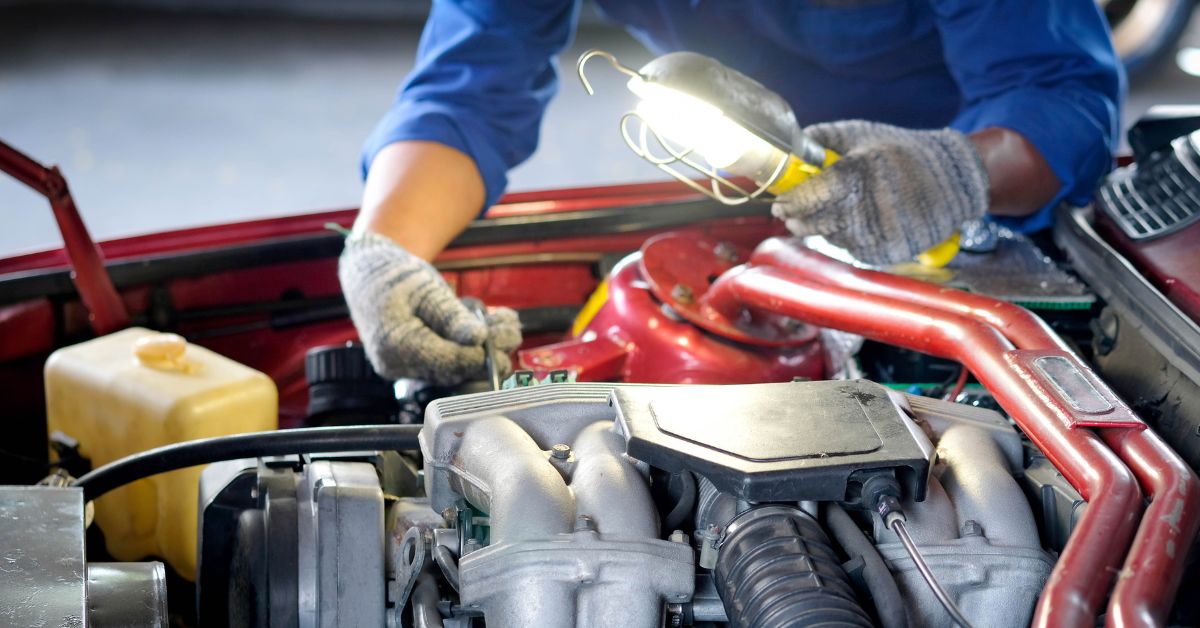
Replacing your Coolant
It’s vital that you cleanse your cooling system and replace the coolants periodically. It will prevent rust and buildup in the cooling system, keep it operating smoothly, and keep your car in top shape.
In order to keep the engine from working harder and using more gasoline, it is important to regularly clean the air filter. Reduced fuel economy and compromised protection for the fuel pump and injectors are the results of a fuel filter that hasn’t been maintained.
The gasoline filter in a car should be changed once a year at a minimum. You may perform this yourself, or you can take your car in for a service check at the dealership or with your technician.
Refill Engine Fluids
The car requires many types of fluids, including engine oil, to function at its best. It’s a good idea to keep tabs on your engine fluid levels and add more as needed or have them cleansed and changed if the manual specifies.
It’s important to check the transmission fluid, radiator fluid, windshield washer fluid, power steering fluid, and brake fluid levels.
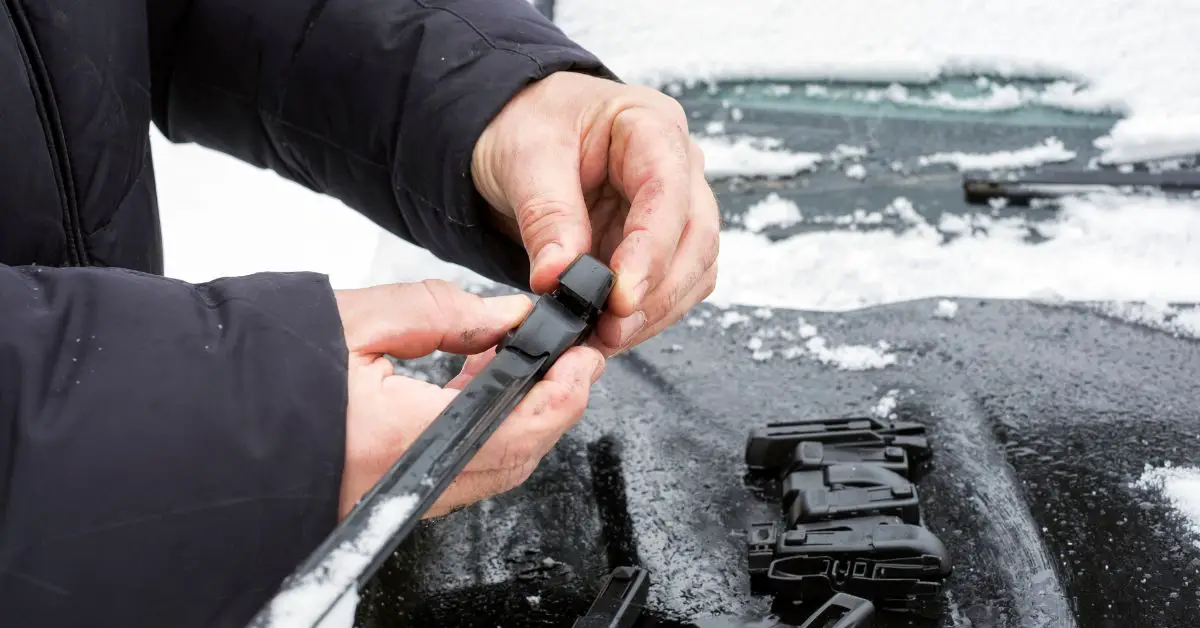
Replace Wiper Blades
As time goes on, windshield wipers become less effective. Your windshield wipers should be replaced at least twice a year. Changing from summer to winter tyres is a good time to also change your wiper blades. This ensures that you can see the road well in any weather.
A quick tip: After a few months of usage, wipers can frequently be refreshed with glass cleaner and paper towel to prolong their lifespan.
Check the Brakes Condition
Always make sure you check the amount and quality of your braking fluid. Hygroscopic implies that it draws moisture, which is exactly what brake fluid does. Brake failure can result from corroded callipers and hoses caused by using old, watered-down fluid. Don’t risk getting into an accident due to broken brakes.
Brake pads, shoes, and rotors are especially vulnerable to wear and tear throughout the Winter months. Have a qualified mechanic examine your vehicle’s braking system, cleaning away the filth and making sure no parts are worn out.
Check the engine Condition
It’s important to get your car’s engine belts and hoses updated at regular intervals. A quick visual inspection may reveal any cracks that may lead to a belt slipping or breaking. Overheating is a common result of a broken coolant pipe.
A worn belt that is losing tension may be the cause of a high-pitched whine or scream coming from your engine. In addition, if your car is getting up there in age, it may be time to see a professional auto mechanic about lubricating the chassis components of the engine.
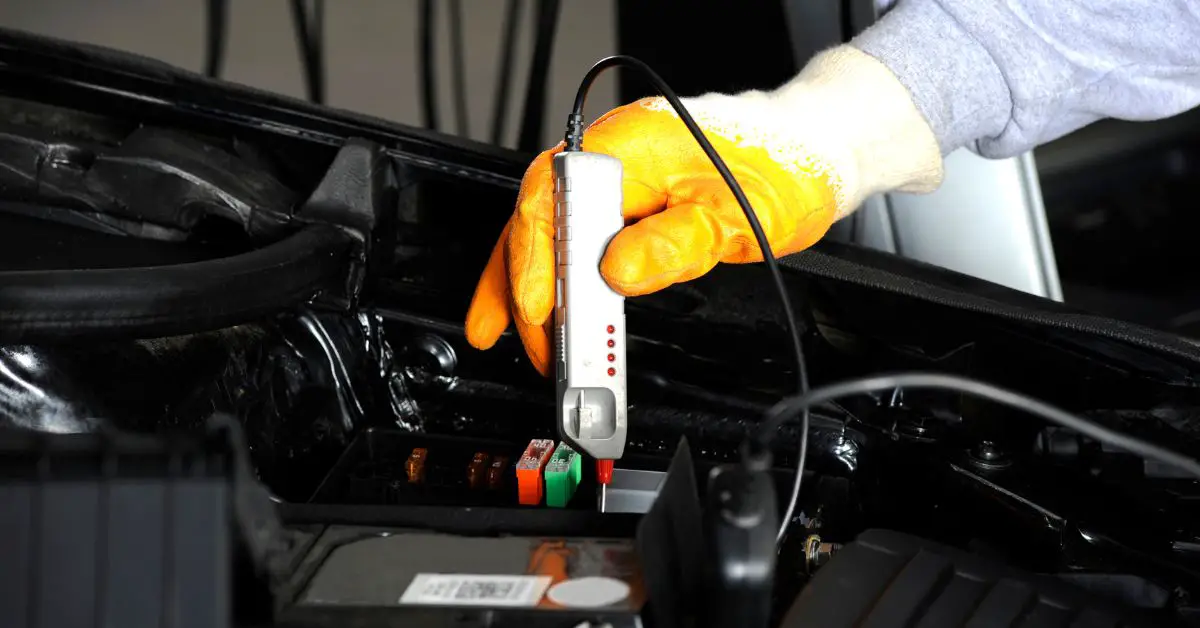
Check the battery
The vast majority of car batteries have a lifespan of up to five years. However, your car’s battery may have a harder time surviving the cold. Now and again, give the battery a quick visual inspection. The battery should be replaced if there is corrosion around the terminals or if there are any visible breaks on the top or sides.
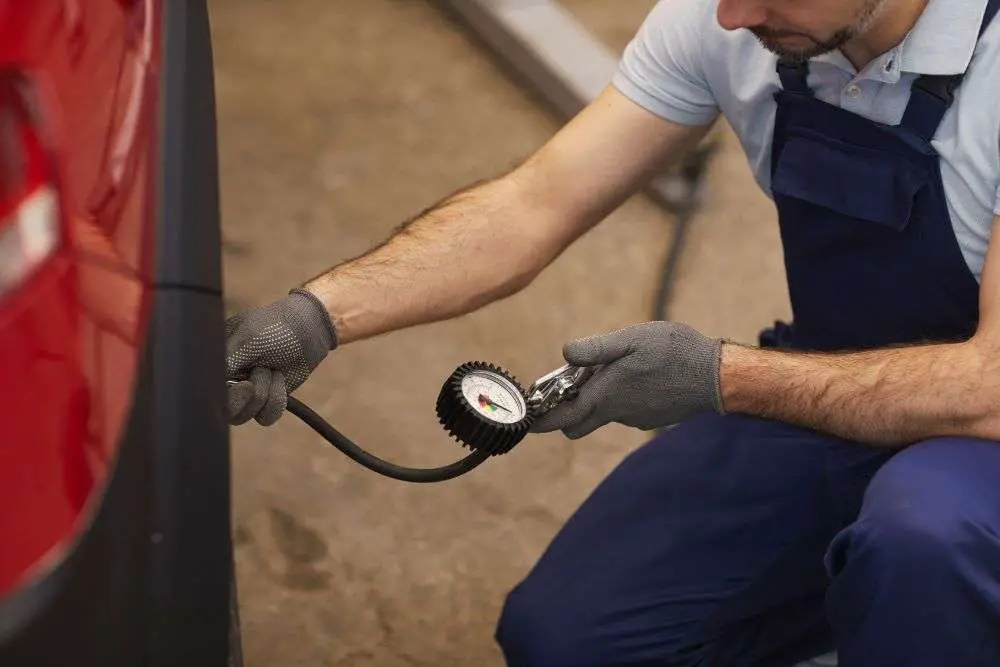
Check your tire pressure
Tires that are underinflated waste gas, decrease handling and wear out more quickly. One of the most crucial pieces of preventative maintenance is making sure your tyres are always at the right pressure. Tire pressure should be checked often, and each tyre should be inflated to the pressure specified in the vehicle’s handbook.
Tires that are either too full or too empty can increase fuel consumption and decrease grip. Placards detailing the proper inflation pressure can be located in a variety of locations within the vehicle, including the driver’s door jamb, the gas door, and the glove compartment.
Furthermore, winter tires for your car may or may not be required, depending on your geographic location. Various insurance companies in different provinces advise using winter tires from the beginning of November through the end of April, while others have different recommendations.
Check the front and back light
In addition to extending the life of your car and keeping it safe to drive, preventative maintenance may help you avoid mechanical failure and, God forbid, an accident.
Turn on all of your car’s lights, including the parking, turn signal, and brake lights, and take a look around to make sure nothing is out. If so, you should get them changed out immediately.
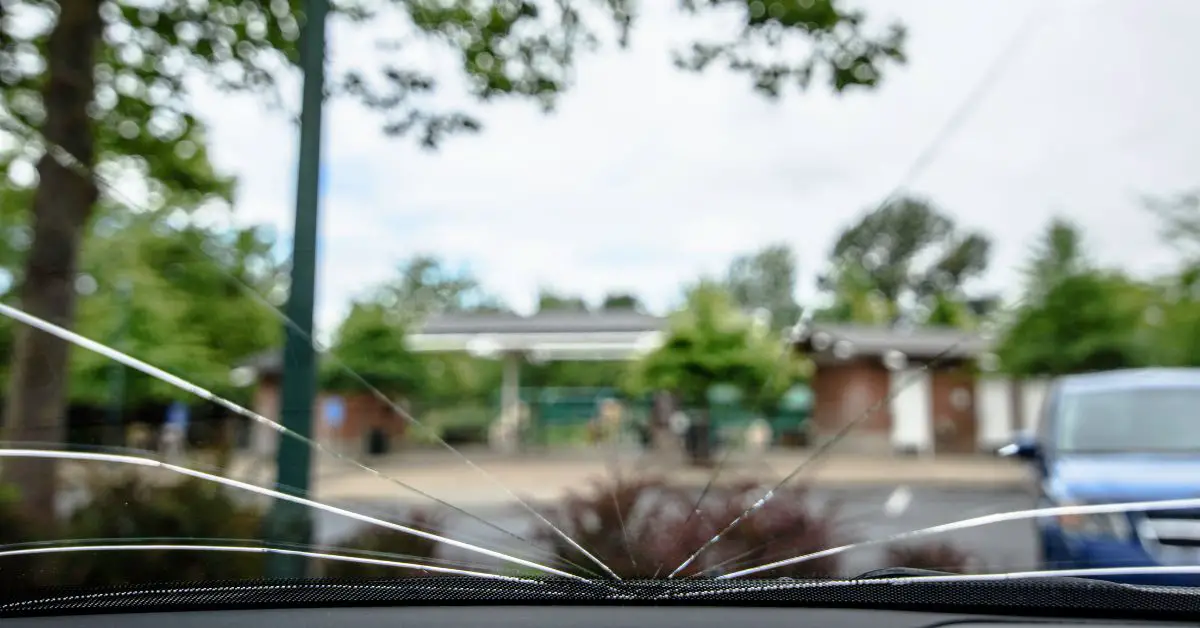
Check the windshield
Besides potentially endangering your car’s structural integrity, a broken windshield can hinder your view of the road. If you put off fixing a cracked or chipped windshield, it might lead to far bigger problems down the road.
A broken windshield may cost you a hefty fine; in British Columbia it’s $65 and in Ontario it’s $85.
Check If the car needs greasing up
Oil and grease are both necessary for the smooth operation of a car’s many moving parts. Neglecting this fundamental idea might lead to disastrous results. The rusting out or seizing up of even just one or two tiny pieces might prohibit you from driving for a very long period.
Review the Manual
Owner’s manuals are written in straightforward English and detail everything from the car’s features (including ones you might not have known you possessed) to the type of oil and maintenance plan you should adhere to.
It’s surprising how few people genuinely make an effort these days. A car owner’s manual can be downloaded for free from the internet if one was not included with the vehicle.
Oil changes and other significant services, such as replacing the timing belt, should be performed at the intervals specified in the owner’s manual.
Keep a record
Car insurance and registration documents should always be kept with the vehicle. Keep all of your automobile repair receipts so that you can easily access service history and warranty details at any time. But don’t risk losing your vehicle by leaving the title certificate lying around.

Find a trusted mechanic to care for your vehicle
You may take your car to a service centre or technician in your area if you choose.
The service departments at local dealerships are frequently the best option because of the expertise of the staff and the availability of factory-issued parts and equipment. Local independent repair shops, on the other hand, are typically more cost-effective than dealerships due to cheaper labour rates and, in certain cases, reduced part prices.
Conclusion
If you monitor your car’s performance and the condition often, you can increase its lifespan. However, to keep your car in top shape over time, keep an ear out for any strange sounds and a nose out for any fluid leaks.
Repair costs can skyrocket if you ignore indicators of trouble, but if you catch them early on, you can save a lot of money. It’s important to get your car checked out by a professional technician or dealership if you observe any changes in performance, such as decreased responsiveness or braking or acceleration.


